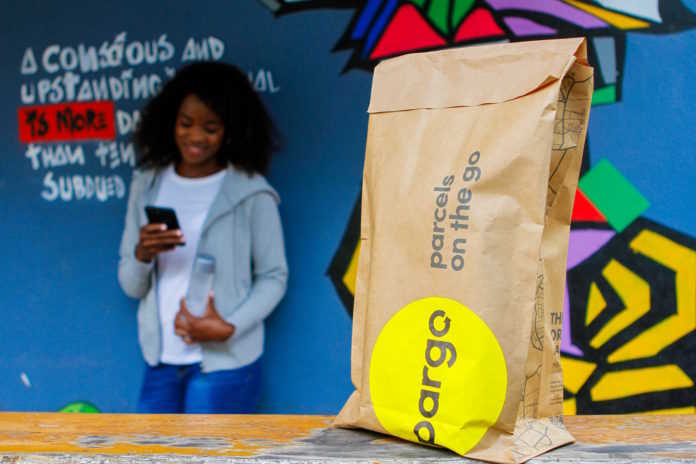Using smart tech to boost your capacity within minutes
Cape Town – A few years ago, a study by professional services network PwC showed that roughly a third of shoppers will stop buying from a brand after just one bad experience.
You can only imagine the scale of that loss in monetary terms.
Today’s consumers demand convenience and will give no quarter if a brand fails to meet their expectations – in every aspect.
Shopping online is easy so when it comes to deliveries, they expect the same level of convenience.
On the face of it, retailers face several challenges on this front.
Meeting delivery time frames can be challenging, especially during peak seasons or when there are unexpected disruptions in the supply chain.
The last mile of the delivery process, which involves getting the package from the local distribution centre to the customer’s doorstep, can be particularly tricky, requiring efficient route planning, optimising delivery schedules, and addressing obstacles like traffic congestion or remote locations.
Managing inventory when there are discrepancies between available stock and what is displayed on the website can also lead to issues such as overselling or delayed fulfilment.
Another hurdle that retailers need to overcome is establishing an effective communication strategy. Challenges arise when there is a lack of proactive communication, delayed updates, or miscommunication.
Lars Veul, co-founder and CEO of South African smart logistics platform Pargo, adds that managing returns and reverse logistics can be complex.
“Retailers must handle customer returns efficiently, process refunds or exchanges promptly, and manage the logistics of returning products to the appropriate location. This process requires effective tracking, inventory reconciliation, and customer support.”
Especially in South Africa, rising transportation costs, fuel prices, and the need for specialised delivery services further complicate cost management.
And all this is without factoring in greater consumer expectation of retailers to reduce their environmental impact.
For businesses, it may sound daunting. But this is where smart technology comes in.
Software that manages these processes has come on in leaps and bounds in the past five years, Veul says.
Some of the most effective solutions include:
- Route optimisation software: This uses algorithms and real-time data to optimise delivery routes. By considering factors such as traffic conditions, delivery time windows, and package volumes, retailers can minimise delivery time, reduce fuel consumption, and improve overall efficiency.
- Real-time tracking and communication: Real-time tracking capabilities allow customers to monitor the progress of their deliveries. Retailers can provide customers with tracking information, estimated delivery times, and delivery notifications through mobile apps or SMS alerts.
- Inventory management systems: Inventory management systems integrated with smart technology, such as RFID (Radio Frequency Identification) or barcode scanning, provide accurate and real-time visibility into inventory levels.
- Smart lockers and pickup points: These secure storage units allow customers to collect their parcels at their convenience. Retailers can install smart lockers in easily accessible locations like shopping centres or residential complexes, providing flexibility and convenience for customers while reducing the need for multiple delivery attempts.
- Data analytics and predictive analytics: Smart tech solutions that leverage data analytics and predictive analytics enable retailers to gain insights into delivery patterns, customer preferences, and operational performance.
Veul points out implementing these solutions has a number of benefits.
Retailers will be differentiated from the competition by offering reliable and convenient services while a positive delivery experience creates a favourable impression of the retailer.
“A smooth and hassle-free delivery experience increases customer satisfaction. Satisfied customers are more likely to become repeat customers and advocates for the brand. They are also less likely to return items or complain about their experience,” Veul says.
“A positive delivery experience also encourages repeat purchases. Furthermore, satisfied customers tend to spend more over their customer lifetime and have a higher likelihood of becoming loyal, long-term customers.”












